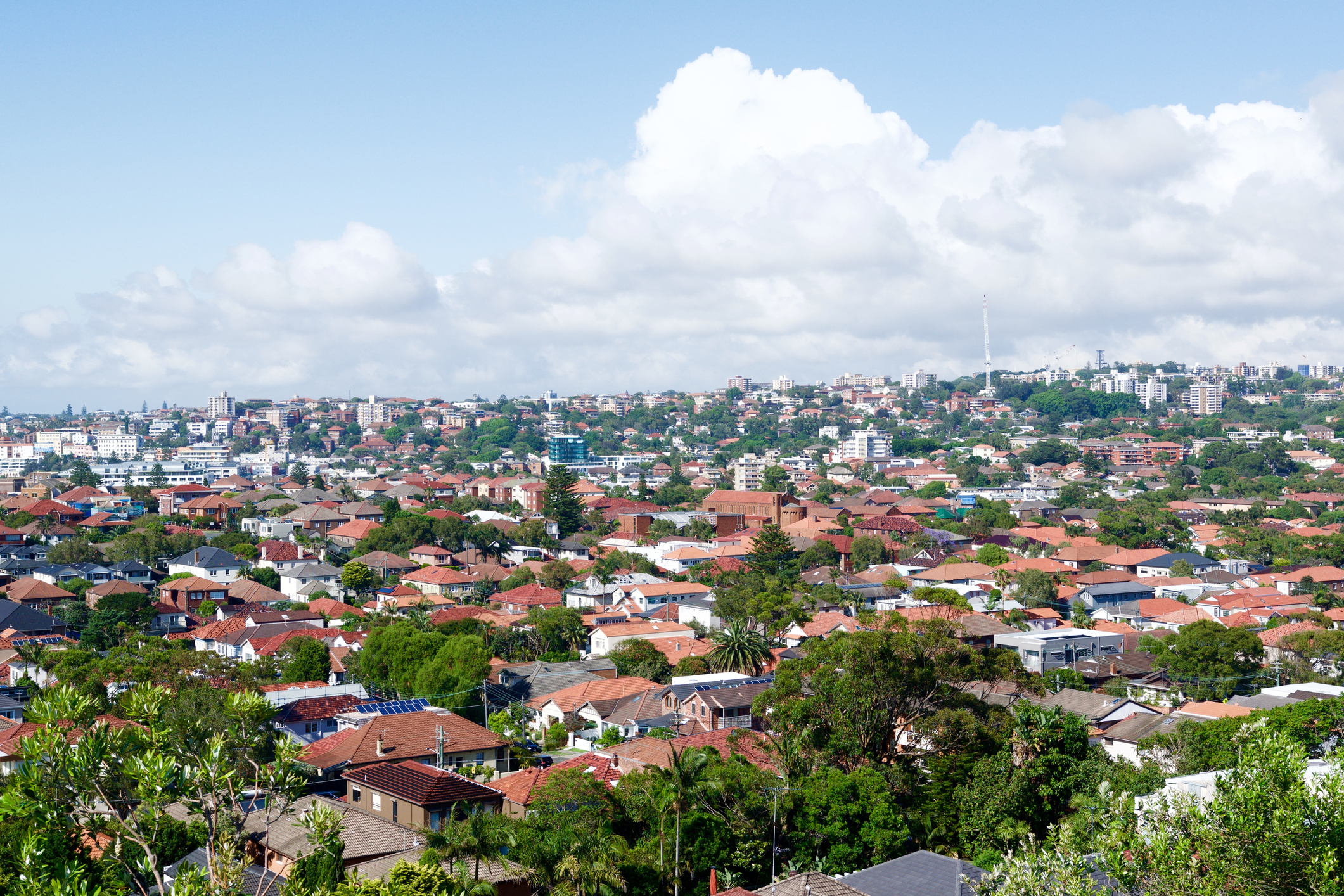The 2018-19 Budget Implications for Housing Markets
The same day the 2018-19 budget was released two key trends in the Australian property market were confirmed.
First, that housing prices are dropping (as per CoreLogic data and SQM forecasts of 4%-8% for 2018-19). Except for Melbourne, sales listings are increasing and major medium term downside risks to the Australian economy remain as a result of extremely high housing prices.
Housing prices have been in modest decline in Sydney and Melbourne for around 12 months – without the inevitable increase in interest rates.
From a housing market perspective, the inevitable increase in variable mortgage rates from 4 per cent to 6 per cent means that a $500,000 dwelling (with a 20% deposit) reduces in loan serviceability to $400,000 assuming the same repayment time.
Related reading: Property Prices Will Fall 8% in 2018: Morgan Stanley

Estimates of house price overvaluation range from 5 per cent to 45 per cent depending on the metric but realistically it seems a 10 per cent to 20 per cent reduction is likely in the early stage of this economic cycle accounting for wage inflation of around 3 per cent and also tempered by an increase in demand from renters currently priced out of the market.
The good news is that housing demand is likely to stay robust due to broad agreement of around 190,000 person levels of international migration. This will drive total population growth of 1.6 per cent in Australia but much higher in hotspots like Melbourne and Brisbane.
The key to understanding the interplay of the house price and demand dynamic is the timing of mortgage interest rate increases. While variable mortgage rates offered last year actually reduced, it appears that wholesale funding costs are increasing and that out of cycle mortgage rates could increase before the RBA increases the cash rate from 1.5 per cent.
This will accentuate the gradual decline of house prices which will partly compensate for any “crunch” effect from compounding increases in the cash rate.
In parallel, interest only loans for many investors are switching from interest only to principal and interest. Without an increase in rental levels (which is possible in several hotspots) this will bring more properties to market, compounding price drops.
If the Labor opposition reduces negative gearing benefits early (in the event it won power) this will exacerbate price drops. The timing of cash rate increases is not in the “near term” according to the RBA but is likely in late 2019 or 2020.
Related reading: Would Australian Households Be Better Off if We Ditch Negative Gearing?

Analysis of budget forecasts indicates that the CPI will be in the middle of its target range (2.5%) by 2019-2020, with GDP at 3 per cent and employment growth around the long-term average of 1.5 per cent.
From 2017-18 Treasury expects overall no growth in dwelling investment. This means any supply (apartment) “overhang” should be absorbed by mid-2020 with housing prices reducing 10 per cent to 20 per cent in this timeframe. This would be a “nirvana” outcome for housing and the broader economy.
In this scenario banks will be more eager to lend on more realistic valuations (maybe reducing deposit levels back to 10% in some cases). Further, 0.25 per cent increments in the cash rate passed through to mortgage rates could be absorbed through a combination of wage inflation (forecast 2.75%-3.25% for the next two financial years) and lower housing prices.
The house price crisis might just dodge a bullet as could the housing construction industry – it’s just a matter of timing. Long term house and land price analysts such as Dr Nigel Stapledon, contest the “boom crash” theorists forecasting house price crashes of 30 per cent to 40 per cent.
It seems without a global crash the grey hair will get it right. This is reinforced by the growing strength and normalisation of the Australian economy in the context of more coordinated global growth.
With business confidence at 25 year highs and tightening labour markets, inflation at 3 per cent to 4 per cent is possible by 2023. The next housing price spike therefore depends on a combination of the speed at which the RBA lifts the cash rate and compounded impacts of any changes to bank lending policies and negative gearing.
The upside is that if a negative short term scenario emerges and impacts negatively on housing prices, the demand fundamentals suggest that a nice buying opportunity could emerge for astute purchasers.

Brian Haratsis is Macroplan’s founder and executive chairman.
The Urban Developer will occasionally publish opinion pieces written by outside contributors representing a wide range of viewpoints.













